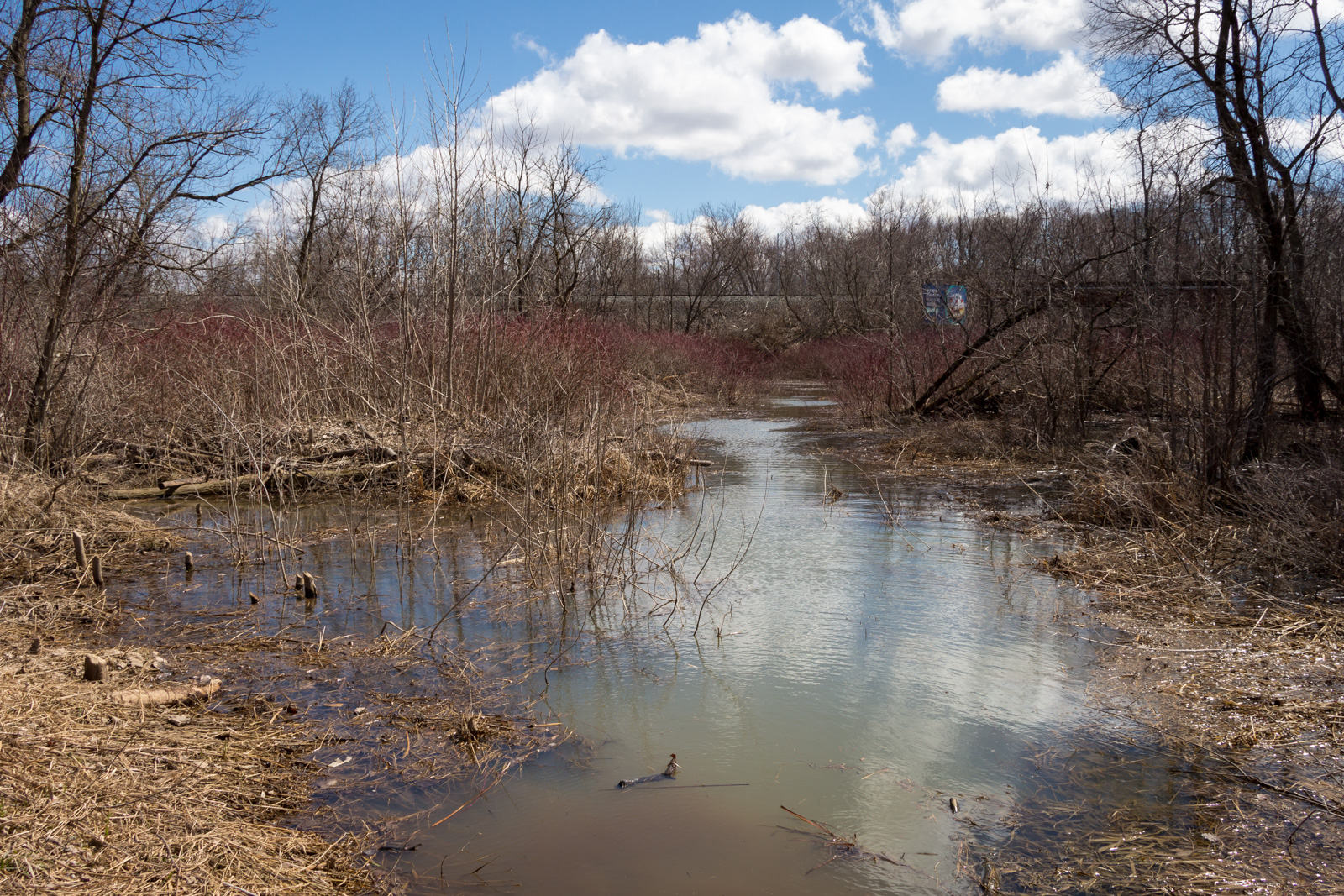We’re expecting rain today and according to the forecast it’s going to be rainy for the next 4 days. Oh well, you know what they say…April showers bring May flowers. At least it’s finally getting warmer. It’s going up to +9º today and the weekend is supposed to get all the way up to +18º. Oh my, that will make the plants get growing and the trees start leafing and I don’t even care that it’s going rain. Proper spring is about to start and I can’t wait to see a bit of colour around here. I hope everyone has a good weekend, especially those of you who are battling with sickness…feel batter soon.













